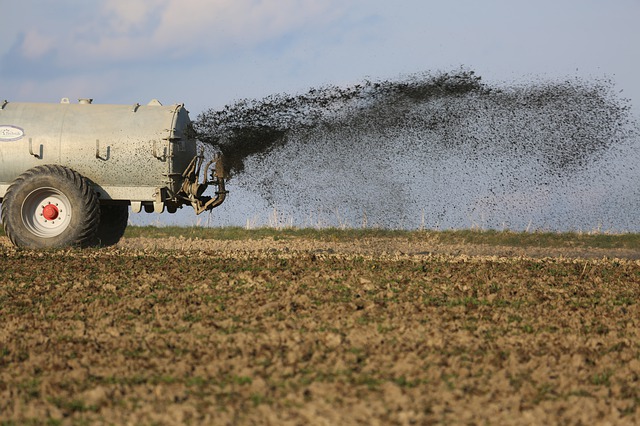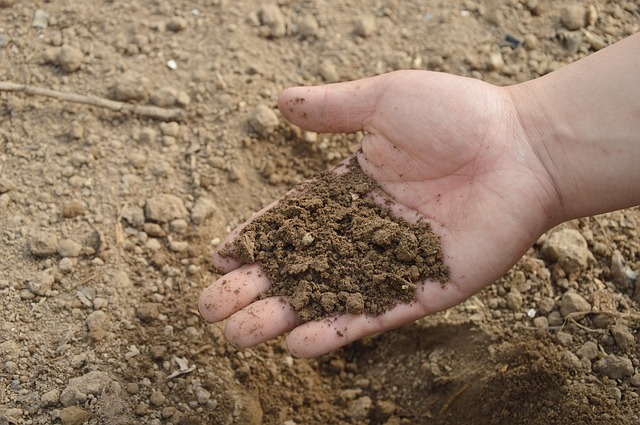Fertilizer Tips

Are you struggling to get your plants to grow? Are you unsure about the best way to apply fertilizer to your plants? Well, worry no more! In this article, we will look at tips for applying fertilizer to your plants in the correct way. We will have everything covered, from determining the amount of fertilizer to using the right type of fertilizer for your plants! So don’t wait any longer – read on to learn how you can improve the growth of your plants!
Table of Contents
Before Fertilizing
Tip No.1 – Conduct Soil Test First
Conducting a soil test can help determine how much fertilizer your plants need. A soil test can tell you how fertile and healthy your soil is right now. A soil test can give you the information to keep your soil at its best each year. It can measure the pH level and find out which nutrients are missing. You can try the squeeze, percolation, worm, and pH tests using testing kits.
Tip No. 2- Know What Nutrients Your Plant Needs
Nitrogen (N), phosphorus (P), and potassium (K) are the three macronutrients that all plants require (K).
Nitrogen promotes leaf growth by increasing chlorophyll production, the pigment that allows plants to convert sunlight into food. Insufficient nitrogen causes yellow leaves, stunted growth, and smaller flowers or fruit.
Phosphorus promotes strong stems and roots and flower and fruit production. A lack of phosphorus can cause leaf drops, weak flower stems, and closed buds.
Potassium, also known as potash, is an essential nutrient for plants. It helps plants use photosynthate and recover faster from insect, disease, and weather damage. Potassium deficiency causes yellow leaf margins, weak flower stems, and slugs.
A formulation like 12-55-6 contains more phosphorus, which promotes more blooms. A fertilizer with a ratio of 29-0-4 contains more nitrogen, which promotes lush foliar growth.
Plants need micronutrients and trace minerals like calcium, magnesium, sulfur, boron, copper, iron, manganese, and zinc in smaller amounts to thrive.
Tip No. 3 Be Guided in Choosing Fertilizer
The most sustainable way is using organic fertilizer, like farmyard manure. However, maybe you want to save your dying plant and need immediate nutrient assistance. You may consider inorganic fertilizer.
Most people should use a fertilizer with twice as much phosphorus as nitrogen or potassium. These fertilizers are often easy to find among the things that could be 10-20-10 or 12-24-12.
Some soils already have enough potassium for good plant growth and don’t need to add more. Even though plants can handle a little extra potassium, it is usually better to use a full fertilizer.
Don’t use lawn fertilizer on your garden. They have too much nitrogen, and many lawn weed killers have chemicals that can hurt or kill vegetables.
Low-pH soils need to be limed. Adding lime to the soil makes it less acidic and raises the pH level safely.
Tip No. 4 Know When To Fertilize
To keep plants healthy and productive, they require regular feedings with fertilizer. Fertilizer may be needed when plants are slow to grow or begin to turn yellow. Wait a few days before applying more fertilizer to plants that appear healthy and green. Plants can be damaged by excessive fertilization. Over-fertilized tomatoes and beans produce a lot of foliage but very little fruit.
Food should be applied frequently to plants that grow in soil with good drainage. Using a balanced fertilizer three to four times per growing season is typical. Apply fertilizer even after the first fruits are ripe to ensure that the plant continues to produce.
Clay-grown vegetables require less fertilizer than sandy-grown ones. After planting, one application every four to six weeks is generally sufficient. The color of the foliage and the vigor of the plants are good indicators of how much additional fertilizer organic soil-grown crops need. One or two additional applications, spaced three to four weeks apart, are usually sufficient in gardens with sand-enriched organic matter soil.
Eating edibles is an exception to the rule, and we recommend that you stick to products with less than 2% phosphorus. However, a soil test can tell you exactly what nutrients your vegetable garden needs and what it doesn’t.
Tip No.5 Always Know That Underfertilizing is Better Than Overfertilizing
It’s best to know the right amount to feed in your soil, but keep it in moderation if you aren’t sure. If you under-fertilize, your plants will produce more leaves but fewer fruits. If you over-fertilize, the opposite situation occurs. Overfertilizing causes the plant to wilt, browning of leaf margins, leaf drop, rotting roots, slow or no growth, and crust of fertilizer on the soil’s surface.

